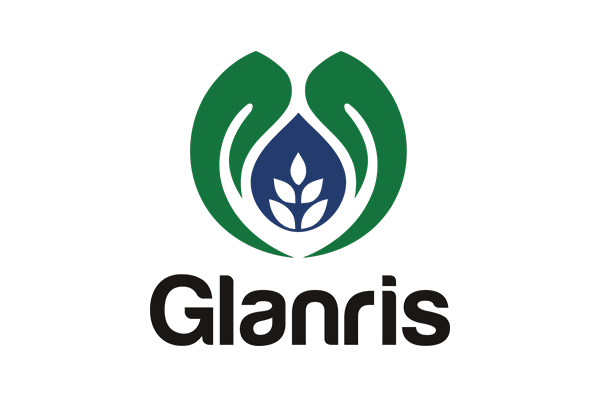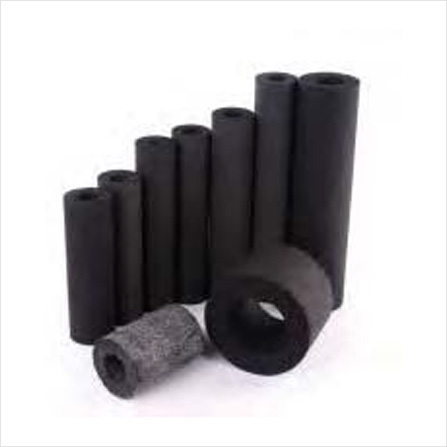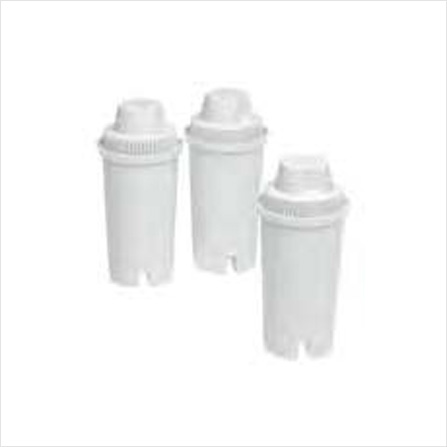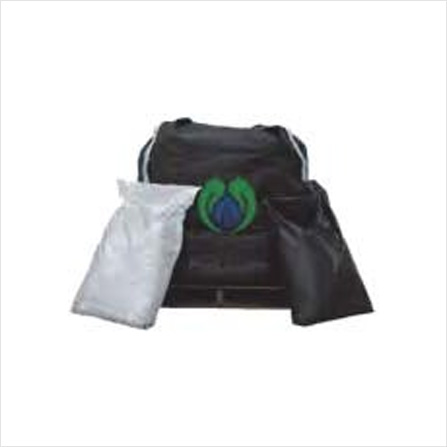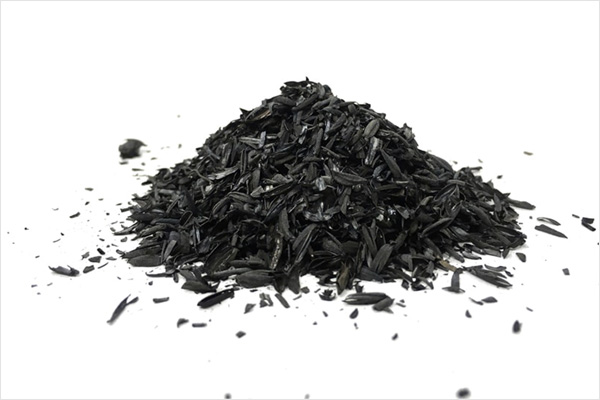
Glanris is the world's first 100% green hybrid media which is highly effective, light-weight, non-toxic filtration media that will revolutionize water filtration for municipalities, businesses, homeowners and consumers.
Glanris has created a revolutionary new water purification media made from rice hulls. It uniquely combines the features of activated carbon and ion exchange resin while removing a wider breadth of organics and contaminants. It's biodegradable and non toxic, and can be easily disposed.
It is more effective than the two major current treatments (activated carbon and ion exchange resins) but at a fraction of the price.
Visit us at: https://www.glanris.com/

Glanris is the world's only hybrid water filtration media
The first ever 100% green media
Ultra-low cost alternative to a variety of water treatment methods

Glanris is a 100% green, highly effective, light-weight, non-toxic filtration media that will revolutionize water filtration for municipalities, businesses, homeowners and consumers.
Glanris is the best, fastest and most affordable way to filter water and here's why:
HYBRID TECHNOLOGY
Glanris can remove metals as well as organics and removes a wider breadth of contaminants than Granular Activated Carbon (GAC), ion-exchange resins and other technologies in a sustainable fashion.
SINGLE-PASS EFFICIENCY
Glanris can achieve in one pass what it takes other filtration media multiple passes to accomplish.
LOW-COST
Glanris is dramatically less expensive to produce, ship and dispose of than GAC or any other type of media.
Glanris' patented technology has undergone independent pilots and tests to verify its efficiency.
In tests against current filtration processes at six different large manufacturers, Glanris resulted in a significant reduction in contaminants over current technologies.
Furthermore, a single pass of these solutions through a bed of Glanris media consistently delivered more effective results than multiple passes of competing GAC, resins and chemical treatments.
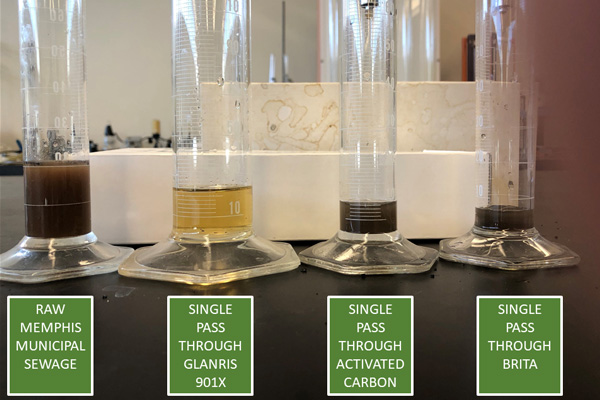
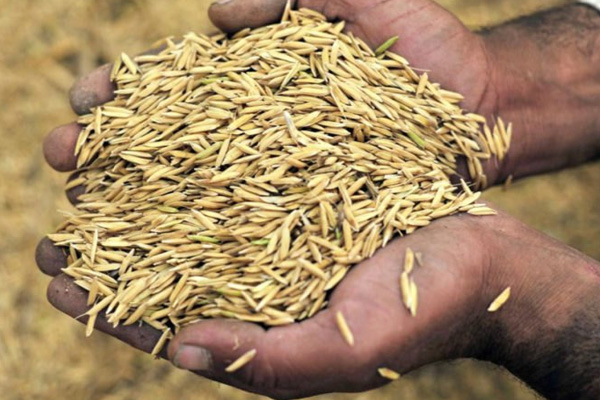
Glanris' media is made from a plentiful agricultural bi-product grown globally in millions of metric tons.
Compared to granular activated carbon made from coconut shells, Glanris' manufacturing process uses 98% less CO
MAKING SAFE DRINKING WATER A REALITY
Glanris' renewable water filtration media is able to achieve the highest global standards for safe drinking water.
GLANRIS STANDS ALONE IN ITS ABILITY TO:

GLANRIS FILTRATION MEDIA IS IDEAL FOR:
REMOVAL OF METALS FROM MANUFACTURING PROCESS
|
|

| Application | Glanris | GAC | Ion Exchange(IX) | Zeolites | CarbonBlock(CBT) |
|---|---|---|---|---|---|
| Production | Processed for 20 minutes, lower material cost | Coconut/Clamshells baked at 1,000˚C for 12 | Petroleum-based, manufacturing creates plastic waste | Fossil fuel-based | Grinding of shell material is costly and timely |
| Raw Material Availability | Sustainable agricultural bi-product grown | Coconuts,clams and bones have limited availability, variable cost | Raw divinylbenzene requires time and costly processing | Mining dependent, disruptive to water and consumes fossil fuels | Uses varying raw materials due to market volatility |
| Weight (lbs/cuft) | 10/ft3 | 29-45lbs/ft3 | 50-60lbs/ft3 | 16-50lbs/ft3 | 40-60lbs/ft3 |
| Causes Odors | No | Tendency to produce odor when capacity is exhausted | Users often complain of a fishy smell | No | Tendency to produce odor when capacity is exhausted |
| Organic Removal | Yes | Slow acting, surface area easily plugged up | Ion exchange resins foul, are ineffective with organic material | Efficient at odor removal, not organic chemical removal | Limited by combination of GAC and IX. |
| Chlorine Removal | Yes.Fast kinetics, high affinity for chlorine removal. Removes metals in presence of chlorine | Yes. Slow acting surface area easily plugs up. More effective at chloramine removal. Ineffective at metals removal | No. Chlorine destroys most IX resin and causes it to lose its ability to remove metals and organics | Partially effective. Not a target of zeolite. Chlorine may destroy zeolite | Effective at chlorine and chloramine removal, very limited metals removal. |
| Metal Removal | 0.6mEq/gm, 0.5lbs/cuft | .01-.02m Eq/gm | 2.0 mEq/gm | N/A | Minimal |
| Distinguish Between Harmless and Harmful Metals | Yes. Refuses harmless cations, capacity is totally available to harmful metals | Poor ability to remove metals. Requires addition of IX resin or zeolites to remove metals | Metals removal requires narrow pH range,low organics debris and low chlorine. Cannot differentiate between harmless and harmful metals. Costly | Effective at water softening. Requires chemical regeneration. Heavy Metal removal may be due to adsorption and not electrical attraction,results not predictable, reliable or repeatable | Current CBT uses a sprinkling of IX media to achieve extremely limited metal removal capacity. Emits fishy odor |
| Effective pH Range for Metals Removal | 4-10pH | Does not remove metals to any significant degree | 6.5-8pH | 6.5-8pH | Tap water pH range is favorable to metals removal |
| Longevity | Will not prematurely exhaust due to water hardness. Low cost favors replacement versus regeneration | Durable. Loses effectiveness as surface area becomes blocked | Varies widely and is unpredictable | Varies widely and is unpredictable | Capacity dependent on tap water quality. Disposable nature of filter does not require durability |
| Changes pH of Water | No | No | Yes | Yes | Somewhat |
| Eliminates Color | Yes | To a far less degree | Limited and only with costly esoteric resin | Highly limited | No |
| Disposal | Organic media (less disposal cost), compactable, non hazardous. Metals can be recycled using weak acid | Not easily compacted. Heavy to transport, requires super-heated steam to rejuvenate. Metals not readily recycled | Plastic resin beads create plastic waste. Metals only recoverable with strong acids and alkali | Disposal difficult due to weight issues. Hazardous metals not easily removed | Residential waste disposal |

Residential: Carbon block filters for Point of Use water filters – under sink, whole house, refrigerators
Consumer: Replacement filters for water purification pitchers Consumer/ Industrial: Air filtration
Municipal: Bulk filter media for sewage treatment and water polishing
Industrial: Bulk filter media for water treatment either pre− or post use
Other: Toothbrushes
